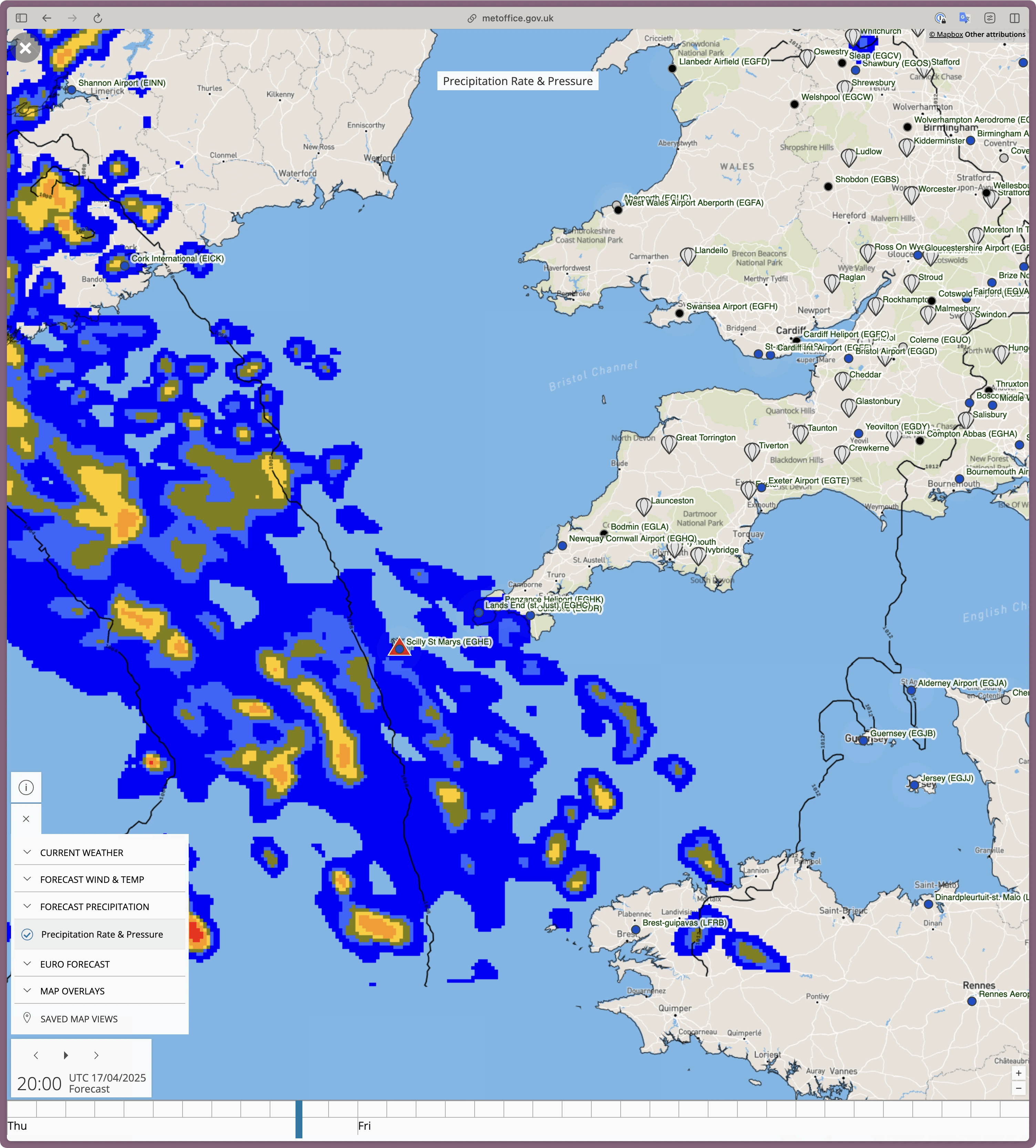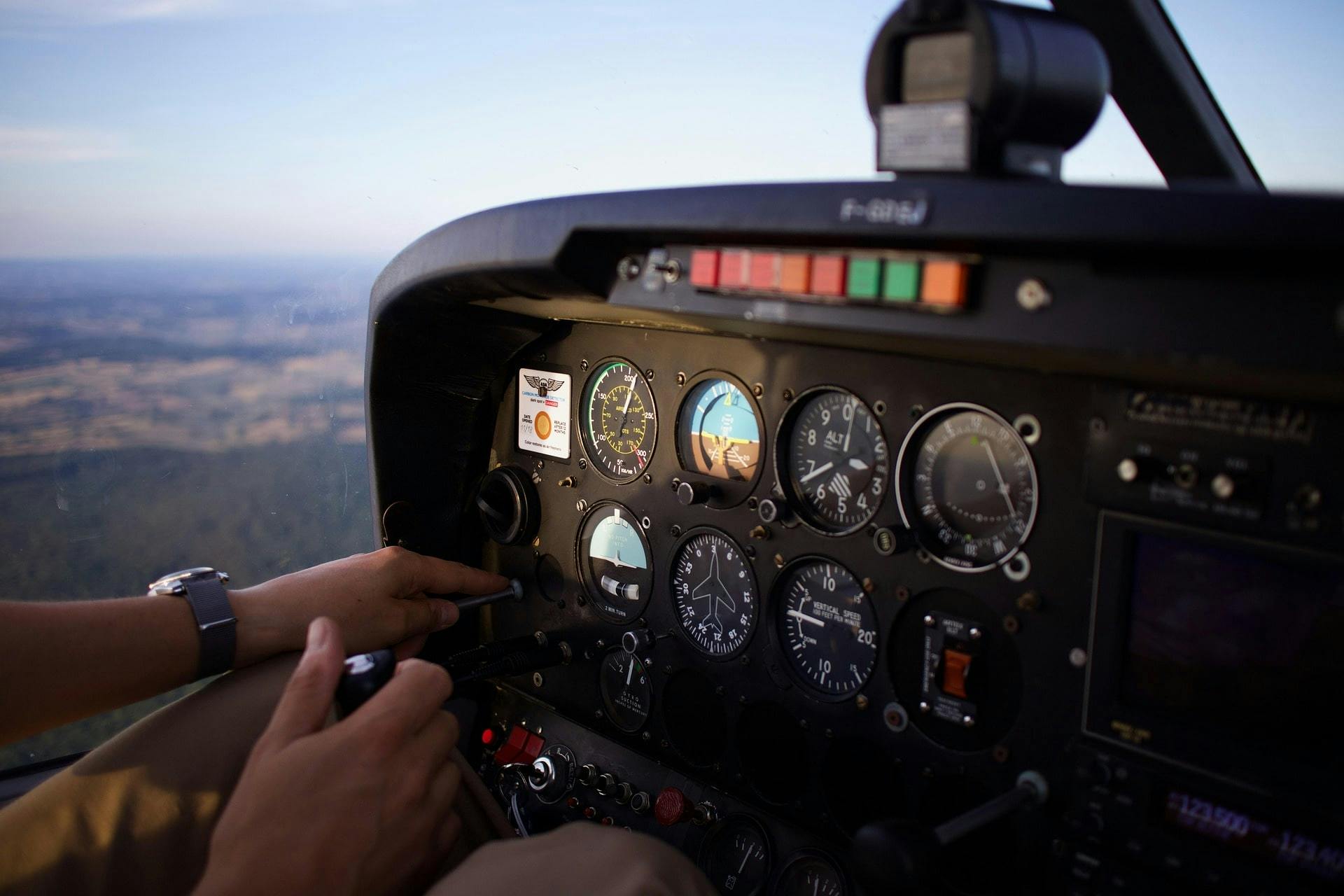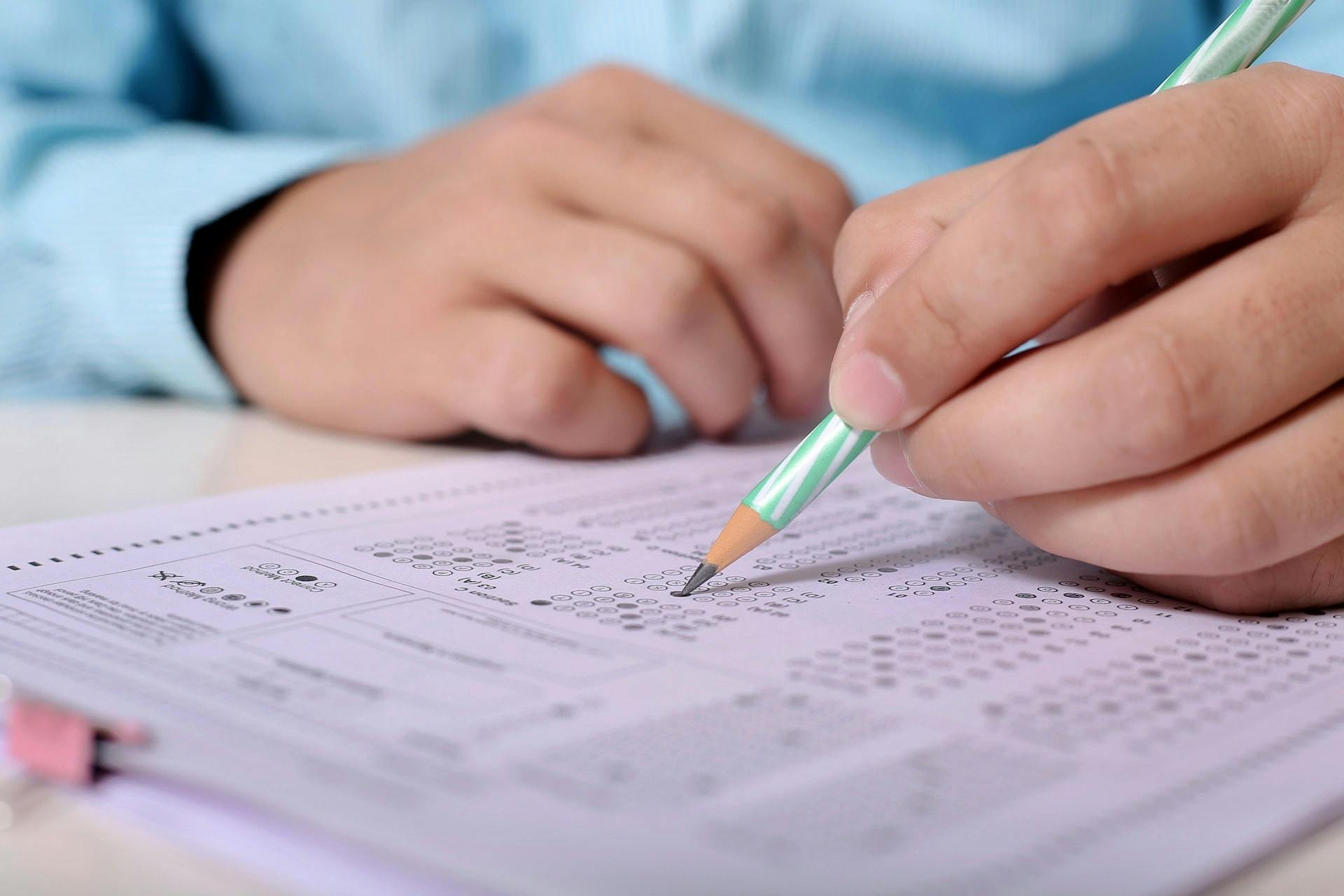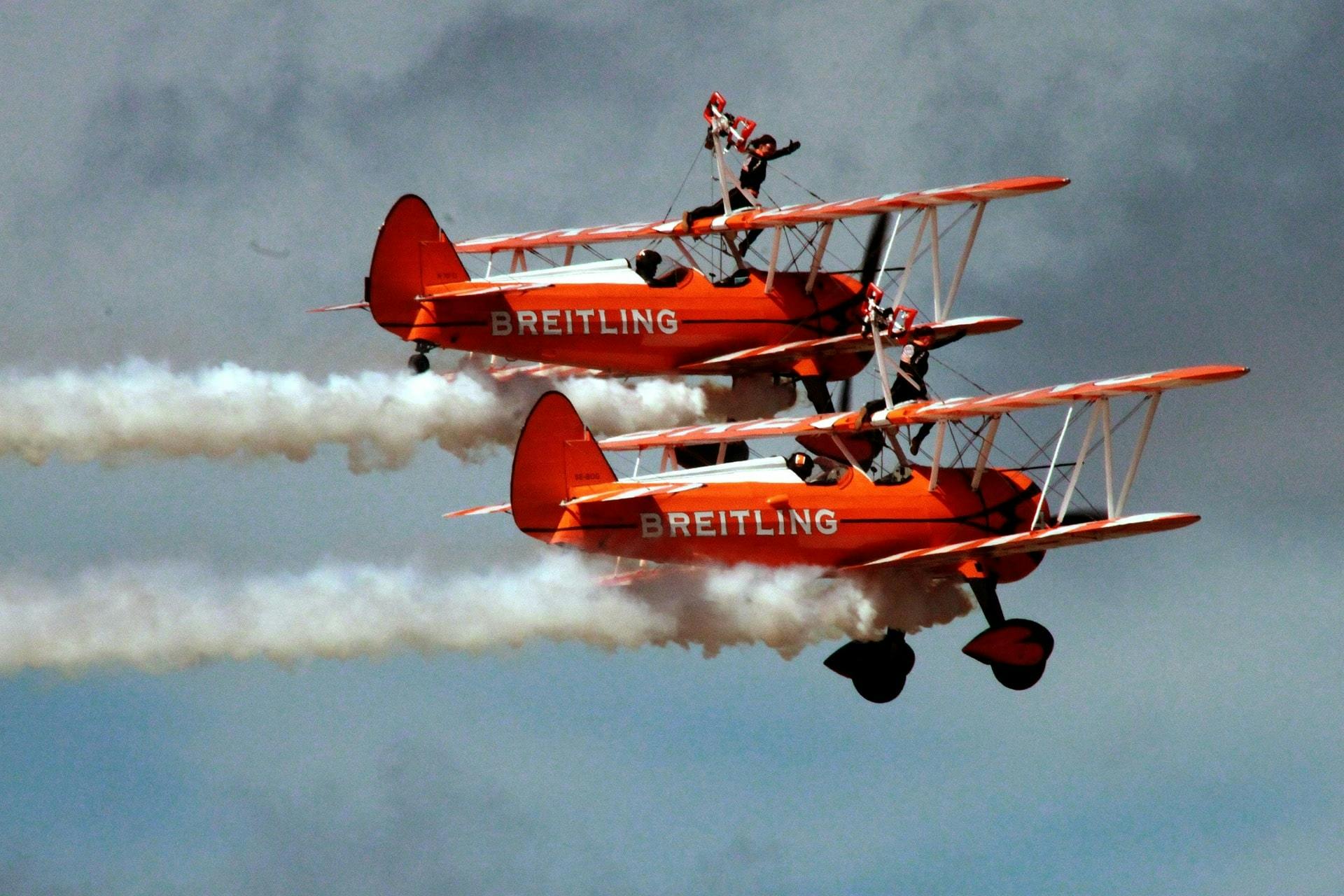Getting Your Private Pilot's Licence: A Practical Guide
Discover how to start your journey to becoming a private pilot. From choosing the right airfield and flight school to understanding training requirements and costs, this guide covers everything you need to know. Learn about the skills you'll develop, the community you'll join, and how to make the most of your training experience.
Why Learn to Fly?
Learning to fly is about more than just controlling an aircraft. It's a journey that develops skills and knowledge that extend far beyond the cockpit. When I started my training, I quickly realised that flying was teaching me valuable life skills: the importance of organisation and checklists, how to prepare for all possible scenarios, and the discipline of thorough weather analysis before leaving the house.

The learning curve is steep but rewarding. You'll develop practical skills like map reading and orientation, while improving hand-eye coordination and mental arithmetic. The technical knowledge you'll gain is fascinating - from understanding how engines work to learning about weather patterns and the effects of altitude. Perhaps most importantly, you'll learn about human limitations and how to work within them safely.
One of the most valuable skills you'll develop is clear, concise communication. Learning to speak on the radio is an art form - conveying complex information in a structured, unambiguous way. This skill translates directly to everyday life, helping you communicate more effectively in both professional and personal settings.
But the real magic of learning to fly is the community you become part of. Airfields are vibrant places where people share a common passion. Whether it's the buzz of a busy summer's day or the quiet focus of winter training, there's always something to learn and someone to learn from.
Your First Steps
1. Finding Your Local Airfield
Location is crucial when choosing where to learn. When I started training, I was living in London and needed to find an airfield that was practical to reach. Headcorn Aerodrome, a direct train journey from London Waterloo, became my training base. The hour-long train ride, followed by a short cycle from the station (I even bought a foldable bike for peak-hour travel), became part of my routine. This accessibility influenced where I chose to live in London, ensuring I could always reach Waterloo Station easily.
The type of airfield you choose will shape your training experience. For example, Headcorn is an uncontrolled grass strip in the heart of Kent. It's significantly different from places like Birmingham Airport, a controlled tarmac strip where you'll experience a busy airspace and formal air traffic control. Each environment offers various learning opportunities which have an impact on your training.

2. Choosing Your Flight School
Flight schools come in all shapes and sizes. Some feel like well-oiled machines, processing students efficiently through their training. Others, like Thurston Helicopters at Headcorn, where I trained, operate more like a family, taking genuine interest in each student's progress.
While I had the same instructor throughout my training, there's value in experiencing different teaching styles. Some students find that switching instructors at certain stages helps them overcome plateaux in their learning. The key is finding a school that prioritises quality training over quick progression.
3. The Trial Lesson Experience
Your first flight is an exciting introduction to aviation. Most schools offer a 30-60 minute trial lesson where you'll actually get to fly the aircraft. For me, this included not just straight and level flight, but even a chance to try hovering the helicopter - a challenging but exhilarating experience.

The trial lesson typically starts with a thorough briefing about the aircraft and what to expect. You'll then jump in the aircraft for your flight, where you'll get hands-on experience with the controls. After landing, there's usually a debrief where you can discuss whether you'd like to proceed with training and what that might involve. Some people treat it as a one-off experience, while others use it as the first step in their flying journey.
Sharing with friends and family that I was getting my pilot's licence, many were bewildered at how one even starts this process. Booking a trial flight is the critical first step, and is much easier than many people imagine. Just pick up the phone to a local flight school, book the flight, and go and fly!
4. Understanding Pilot Licencing Requirements
Before committing to training, you must understand what's involved and which licence you'll be going for. The medical examination is often a crucial first step - if you have any concerns about your fitness to fly, it's worth getting this checked early. For example, in the UK, you'll need a valid medical and an air law exam pass before your first solo flight, if you are going for a PPL.
I took a strategic approach to my medical. Knowing it was valid for five years for my age group, and confident from previous medicals in my construction job, I delayed getting it until just before my first solo. This way, I maximised its validity period during my training.
The theoretical knowledge required is often substantial. For example, in the UK, there are nine different subjects to master through exams. Many schools offer ground school training, though this often comes at an additional cost. This ground school work requires significant commitment, especially if you're balancing it with work, family, or other hobbies.

Training duration varies widely, from a few months to several years is common. Life events like job changes, family commitments, or even global events like COVID-19 can affect your progress. The important thing is maintaining your passion and commitment, regardless of how long it takes.
5. Making Your Decision
When choosing your path to a pilot's licence, there are several key factors to consider:
Licence Options: Which licences are on offer to you? Which licence best suits your needs?
Location and Weather: Some pilots choose to train abroad in places like Florida or Spain, where consistent good weather can accelerate training. I chose to train in the UK, seeing the variable weather as an opportunity to learn to fly in challenging conditions and develop my personal limits, such as cloud quantity/type and wind speed, while maintaining my life without too many other changes.
Type of Aircraft: While many think of a regular fixed-wing aircraft like a Cessna 172 for pilot licence training, there are many other options: helicopters, flexwings, microlights, gyrocopters, gliders, and more. Each has its characteristics, cost considerations, and licensing options.
Training Environment: Consider the atmosphere of your chosen airfield. Headcorn, for example, offers a vibrant summer scene with wing walkers, aerobatics, and skydiving, but becomes a focused training environment in winter. This variety can enrich your learning experience.

Time and Financial Commitment: Be realistic about what you can commit to. Training costs include instruction, aircraft rental, books, exams, and medical fees. There's often a misconception that pilots are wealthy, but most are simply passionate hobbyists who prioritise flying, much like others might prioritise their hobbies like travel, photography, or cycling. The costs can be managed in many ways, e.g. by choosing the right aircraft type and location, by flying less frequently, by reducing other costs in your life, such as holidays or social life, or even by buying a part share in an aircraft to save on rental costs.
School Philosophy: Look for a school that matches your learning style and goals. Some prioritise efficiency, others focus on building a strong foundation of skills. Visit potential schools, talk to current students, and trust your instincts about where you'll learn best. Aviation comes with its risks, so building a strong foundation is key to developing safe and correct pilot practices.
Beyond the Pilot's Licence
Getting your pilot's licence is just the beginning of your aviation journey. Many pilots go on to earn additional ratings like night flying, instrument ratings, or conversions onto more complicated aircraft. Some pursue commercial licences, turning their passion into a career. Others focus on building experience and exploring new destinations.
The key is maintaining your passion for flying. This can be challenging when life gets busy or when the costs of maintaining your licence feel high. That's where the aviation community becomes invaluable. Joining local flying clubs and getting involved in the flying community helps keep the passion alive. Whether it's through shared experiences, learning from others' flights, or planning trips together, these connections make the journey more rewarding.
Next Steps
AviNet was created to help pilots at all stages of their journey - from first solo to decades of experience. During training, it's a place to track your progress, write flight lesson debriefs, share photos and experiences, and connect with other students at your airfield. After your pilot's licence, it helps you plan flights with other pilots, learn from experienced aviators' routes and techniques, and build your personal aviation network. The member discounts can also help with equipment costs, making flying more accessible.
Remember, learning to fly is a journey of continuous development, not a destination that you reach with your pilot's licence certificate. There will be challenges and setbacks, but the skills you develop and the community you join make it all worthwhile. Take your time, enjoy the process, and don't hesitate to reach out to the aviation community for support.




